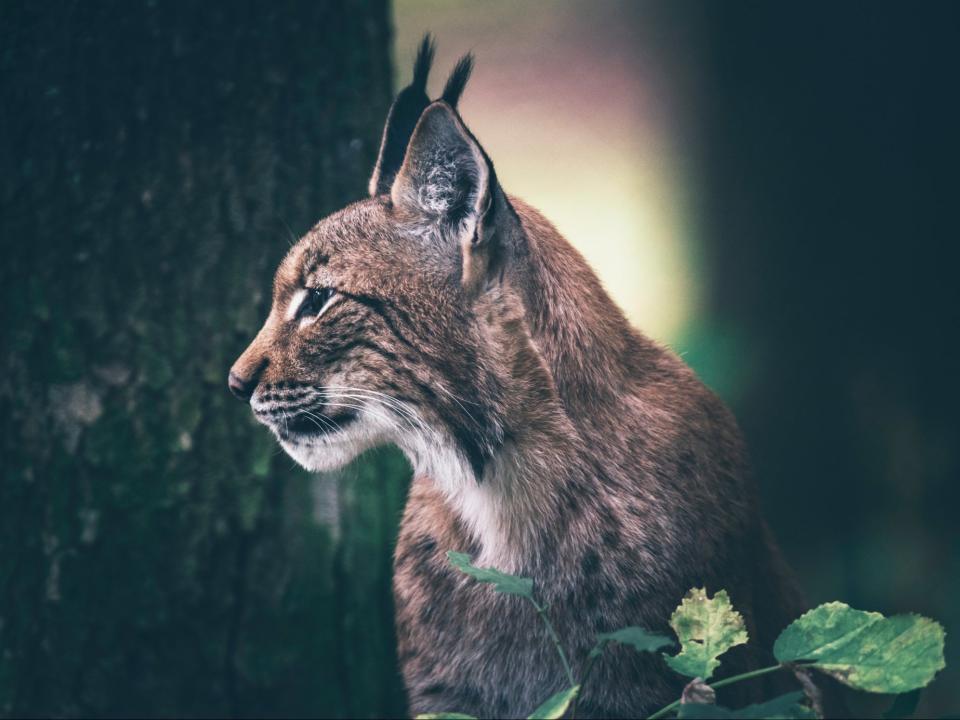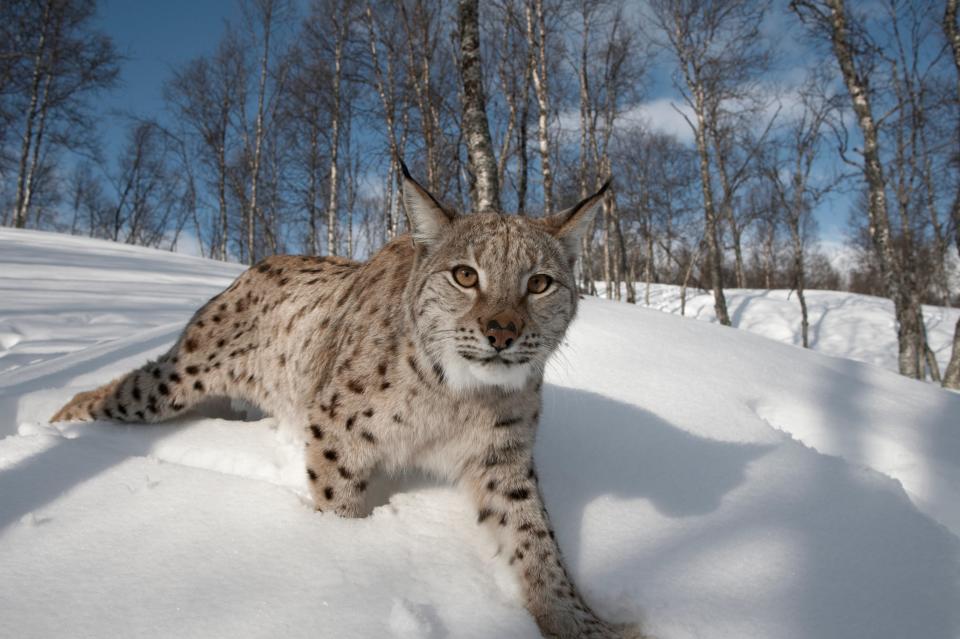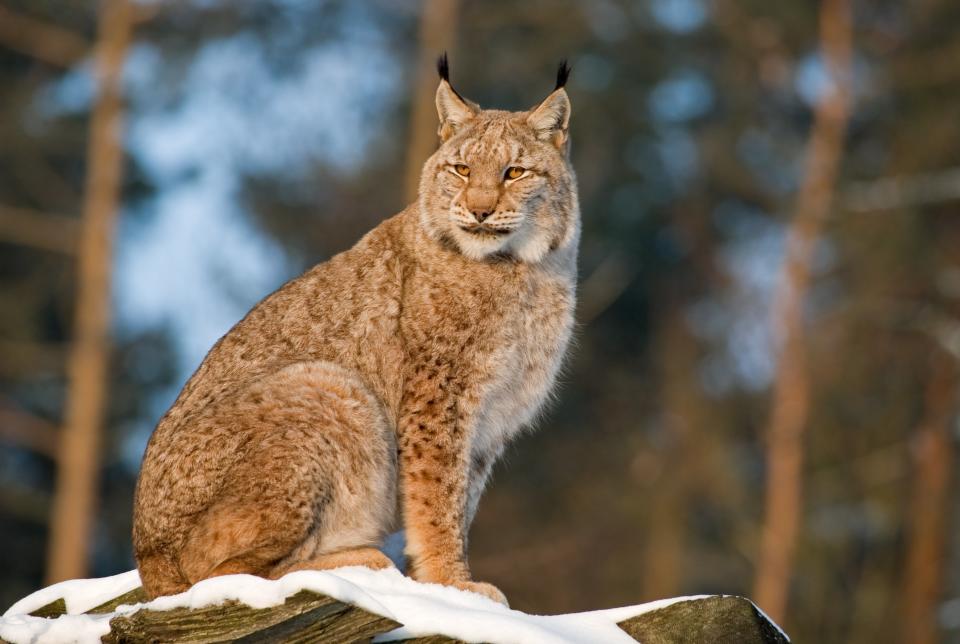Lynx study seeks views on reintroducing wild population of cats to Scotland

In the wooded uplands of Scotland, bears, wolves, boar, wildcats, lynx and beavers were, until relatively recently, unremarkable parts of the natural ecosystem.
But one by one, over the last 1,500 years, along with much of the tree cover, these species have been snuffed out by humans in Britain, leaving it one of the world’s most nature-depleted countries.
However in recent decades, restoration work has slowly been making ground to bring back some of what has been lost: beavers are now swimming in increasing numbers of waterways around the UK, conservation programmes aim to boost numbers of the wildcats which have clung on in the Highlands, and now, a possible reintroduction of lynx has been announced.
A group of charities are set to launch a study to assess public views on the reintroduction of the Eurasian lynx to the Scottish Highlands.
Large areas of the upland landscape could support populations of lynx, with the animals helping to manage a damaging explosion in deer numbers.
The consultation follows successful reintroductions across Europe. Until the late 20th century the Eurasian lynx was considered extinct across almost all of central Europe for about 200 years. In the UK, the last lynx is thought to have died out about 500 years ago due to hunting and habitat loss.
But since the 1970s these solitary, territorial carnivores have been reintroduced to Switzerland, Slovenia, Croatia, France, Italy, the Czech Republic, Germany and Austria.
A triumvirate of charities composed of Scotland: The Big Picture, Trees for Life and the Vincent Wildlife Trust are launching the consultation to gauge public opinion on the reintroduction of the species.
While parts of Scotland remain a good environment for the lynx, the charities said “returning the shy and elusive animal is less about science and more about people’s willingness to live alongside a species that’s become forgotten on these shores.”

Jenny MacPherson, science and research programme manager at the Vincent Wildlife Trust, which will lead the study, said: “Reintroducing lynx would inevitably bring challenges.
“Lynx to Scotland will actively include stakeholders representing the full range of perspectives, in order to produce meaningful conclusions about the level of support or tolerance for lynx, and therefore the likely success of any future reintroduction.”
Peter Cairns, executive director of Scotland: The Big Picture, said: “With a global biodiversity crisis, we have a responsibility to have open and constructive conversations around restoring key native species to the Scottish landscape – and science shows that apex predators like lynx play a vital ecological role in maintaining healthy living systems.”
Scotland is home to four species of deer, with lynx’ preferred prey being roe deer, which are smaller than red deer. It is thought Scotland could support an overall population of around 400 lynx.
Predominantly a woodland hunter, lynx are rarely glimpsed and attacks on humans are virtually unknown.

On its website, The Big Picture said: “Britain has been without its native large carnivores for several centuries and unlike many European countries, we’ve ‘forgotten’ how to live alongside them. Lynx are secretive and elusive and pose no danger to people.
“Experience from elsewhere in Europe suggests that a minority of lynx would take some sheep, but that this would be uncommon and localised. This can be managed effectively through a range of prevention methods.”
Steve Micklewright, Chief Executive of Trees for Life, said: “Scotland has more woodland deer than any other European country, and their relentless browsing often prevents the expansion and healthy regeneration of our natural woodlands. By preying on roe deer, lynx would restore ecological processes that have been missing for centuries, and provide a free and efficient deer management service.”
Other reintroduction projects in the UK include the return of bison to woodlands in Kent and white-tailed eagles to the Isle of Wight. Red squirrels have been relocated to their native pinewoods in the Scottish Highlands, while pine martens have been returned to England and Wales, and numerous beaver reintroductions are ongoing.
Read More
‘Bison rangers’ required to manage first UK herd in 6,000 years
Allow trees to plant themselves to boost biodiversity, report says
Beavers build first Exmoor dam in over 400 years
Ambitious rewilding plans aim to bring enormous pelicans back to UK

 Yahoo Movies
Yahoo Movies 